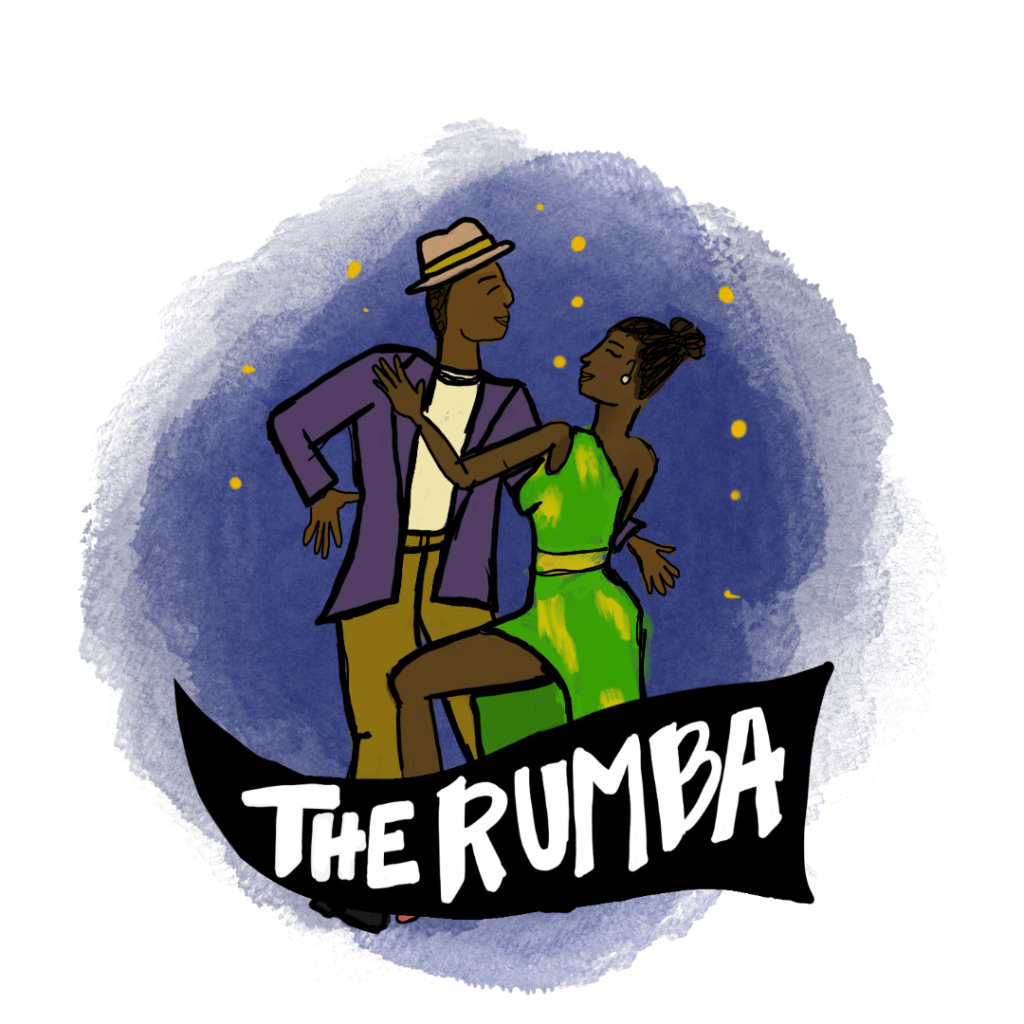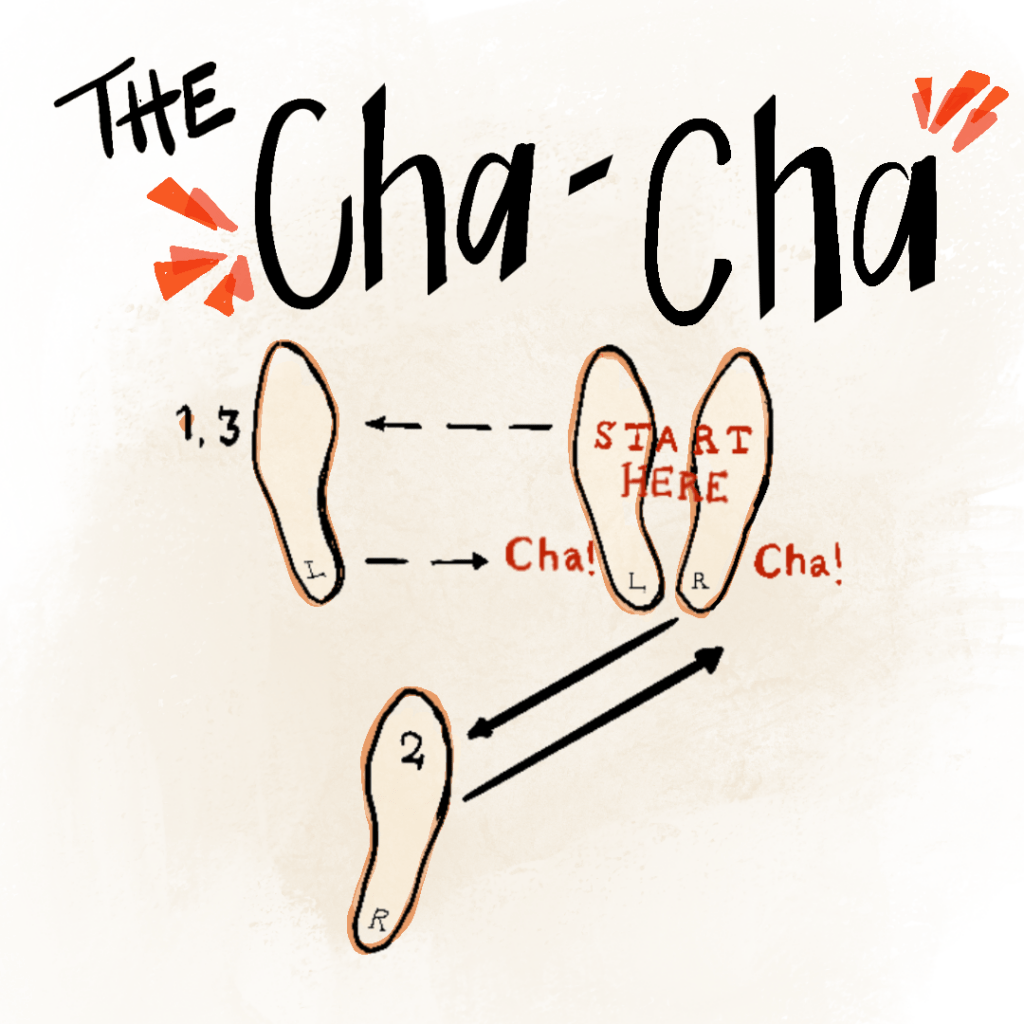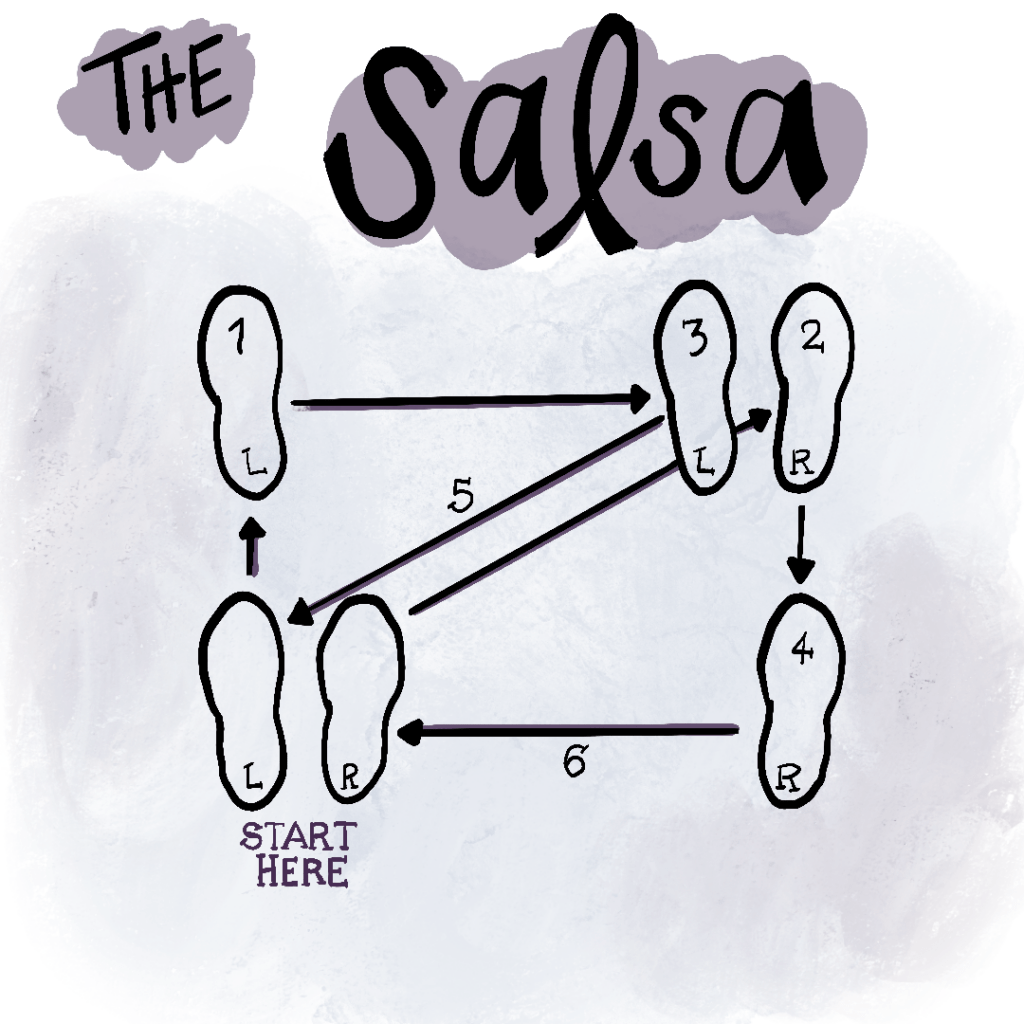I bet when you think of Caribbean dance you picture rhythmically swaying your hips to the sound of a steel drum weaved through a calypso beat or hitting a saucy salsa step with all the pizazz.
But, I betcha didn’t know that there are formal ballroom dance styles that have their origins in the Caribbean!
Many of those professional ballroom dances you see on “Dancin with the Stars,” (the slightly cheesy, high-key entertaining show where B-D list celebrities do ballroom dance in sequinned, flaring skirts and deeply decorated costumes) have roots in the islands of the beautiful Caribbean with a direct correlation to the African Diaspora.
For us geographically challenged folks: The Caribbean is a group of islands in the Caribbean Sea that’s to the east of the United States and has as many as 7,000 islands. It is made up of 26 countries including Antigua, Barbados, Jamaica, Haiti, Cuba, the Cayman Islands, Bahamas, Puerto Rico, St. Martin, Kitts and Lucia and so many more. The Caribbean is known for its beaches and paradise environment. I’m talking about palm trees and blue seas.
Let’s cruise through the history of dance in the Caribbean as part of our Caribbean Heritage Month, “Let’s Dance” edition.
Fact # 1
Several professional ballroom dances roots lie deep in Caribbean dance as a direct result of the African Diaspora and the Transatlantic Slave Trade.
“Caribbean dance evolved from complex influences, including slavery and colonialism. Enslaved Africans, brought to the islands to work on vast plantations, carried customs and drumming traditions with them. Using available materials, they crafted instruments and kept elements of their cultures alive.
French and Spanish colonists came with their music and dance customs. Caribbean dance also adopted elements of dances from ceremonies of indigenous cultures like the Taino people, who lived on several islands including Cuba and Jamaica.
Over time, customs blended and became new music and dance. Regardless of style, there’s a familiar pattern in historical development: Afro-Caribbean people maintain and build on dance customs through time.”
Fact # 2
There are five International Ballroom dances: waltz, foxtrot, quickstep, tango and Viennese waltz, and five International Latin Dances: rumba, samba, paso doble, cha-cha-cha and jive.
These formally defined dances are the end result of centuries of modifying and evolving various elements of a variety of dances to create a new style.
Fact # 3
The following dance styles have Caribbean roots.
Rumba: Rumba is derived from the Afro-Caribbean dance “Son” and has been popular in America as a ballroom dance since the 1930’s. Rumba is sometimes known as the ‘Latin Waltz’, because many of the figures in Waltz can also be danced in the Rumba, using Rumba timing and Cuban hip action.

Cha-Cha-Cha: Cha Cha originated in Cuba and evolved from a slow version of Mambo called “Triple Mambo” or Mambo with guiro rhythm. Mambo evolved from a fusion of danzon, son and American jazz. Danzon has its origins from Europe (chamber music) and African/Haitian drum rhythms.

Merengue: Merengue is the national dance of the Dominican Republic and also of Haiti (Meringue). Musically, it has links with Cuba but the dance belongs to the island of Hispaniola – one third of which is Haiti and the other two thirds, Dominican Republic.
Merengue, the dance, originated in early 1800’s as a blend of African Dance and the French Minuet. The slaves liked a little more fun in their dancing so they added some upbeat drum music with a more animated dance step.
Salsa: Salsa originated in the 1900s in Cuba, where rhythms from the two main existing styles of music in the region (Cuban Son and Afro-Cuban rumba) were combined to create a new dance. This new rhythm was combined with American jazz and taken to New York by Cuban musicians.
Salsa as a dance style began in New York in the Latino dance clubs (Puerto Rican, Cuban, and Dominican) in the 1960’s and 1970’s, though most agree that Salsa clearly had its earliest origins in Cuban Son

Mambo evolved from a fusion of danzon, son and American jazz. Danzon has its origins from Europe (chamber music) and African/Haitian drum rhythms.Mambo is a fast and spicy dance characterized by strong Cuban motion, staccato movement and expression of rhythm through the body.
Is your mind a bit blown?
I know right. Who would’ve thunk it!
I must say I have a slightly higher appreciation for the dances the athletes, reality TV stars and actors try to wind their hips, pop their frilly skirts, bare their brute chest and slide or sashay across the floor to on DWTS.
And I myself will hit my highly modified, super rudimentary, Cha Cha Shuffle with pride at the next shindig and while this is a deep stretch, I’ll know I’m paying a little homage to all things that make being Black, from the Caribbean and multicultural super dope.
Happy Caribbean Heritage Month!




